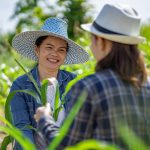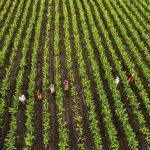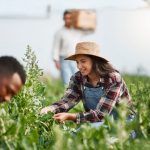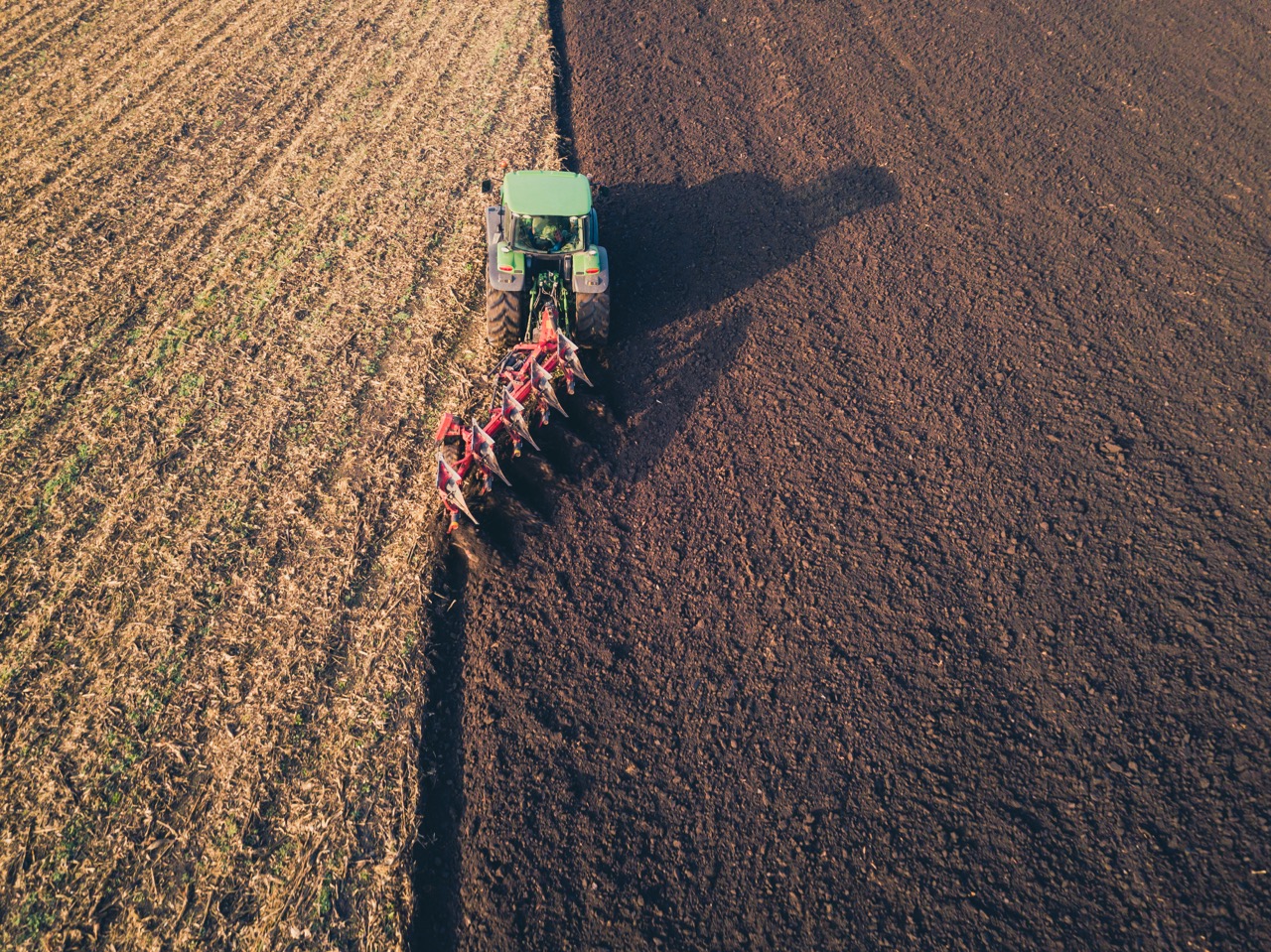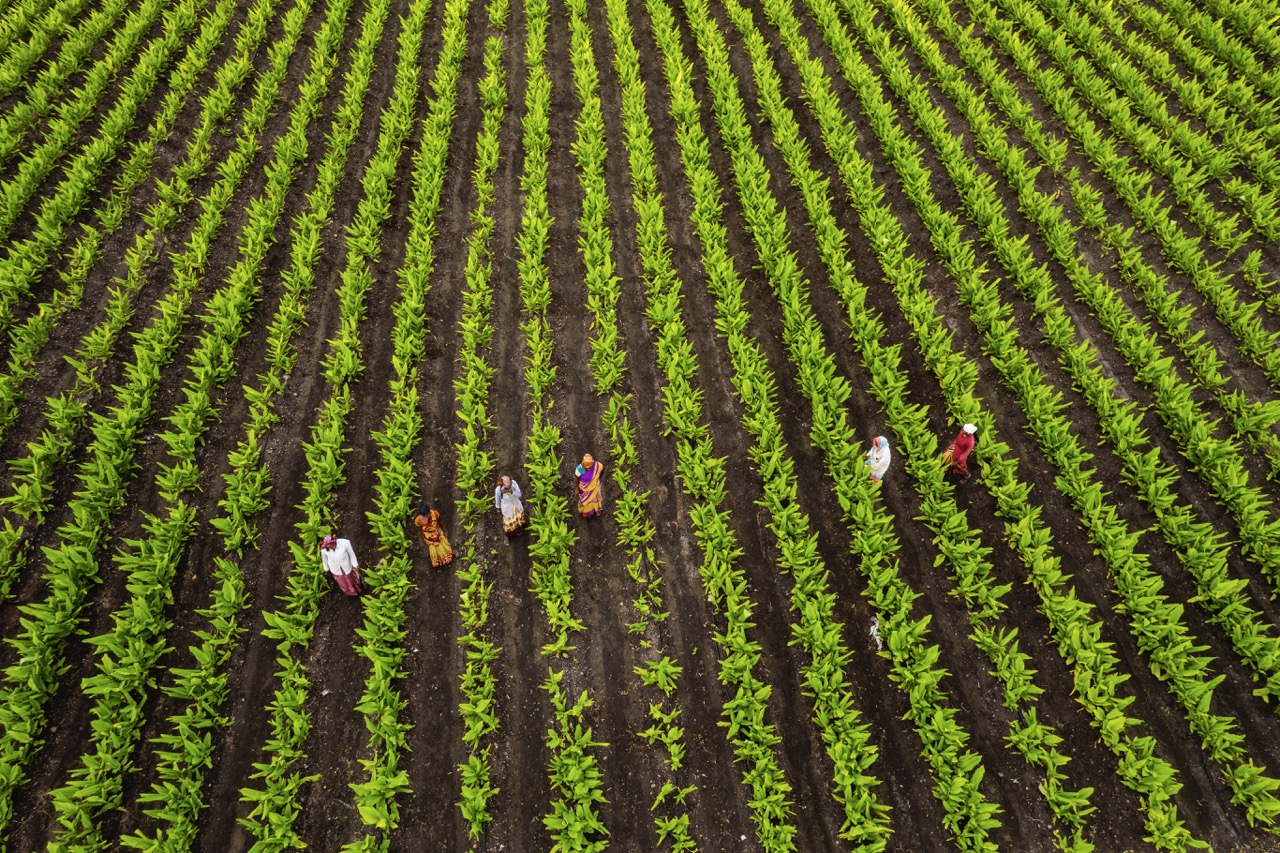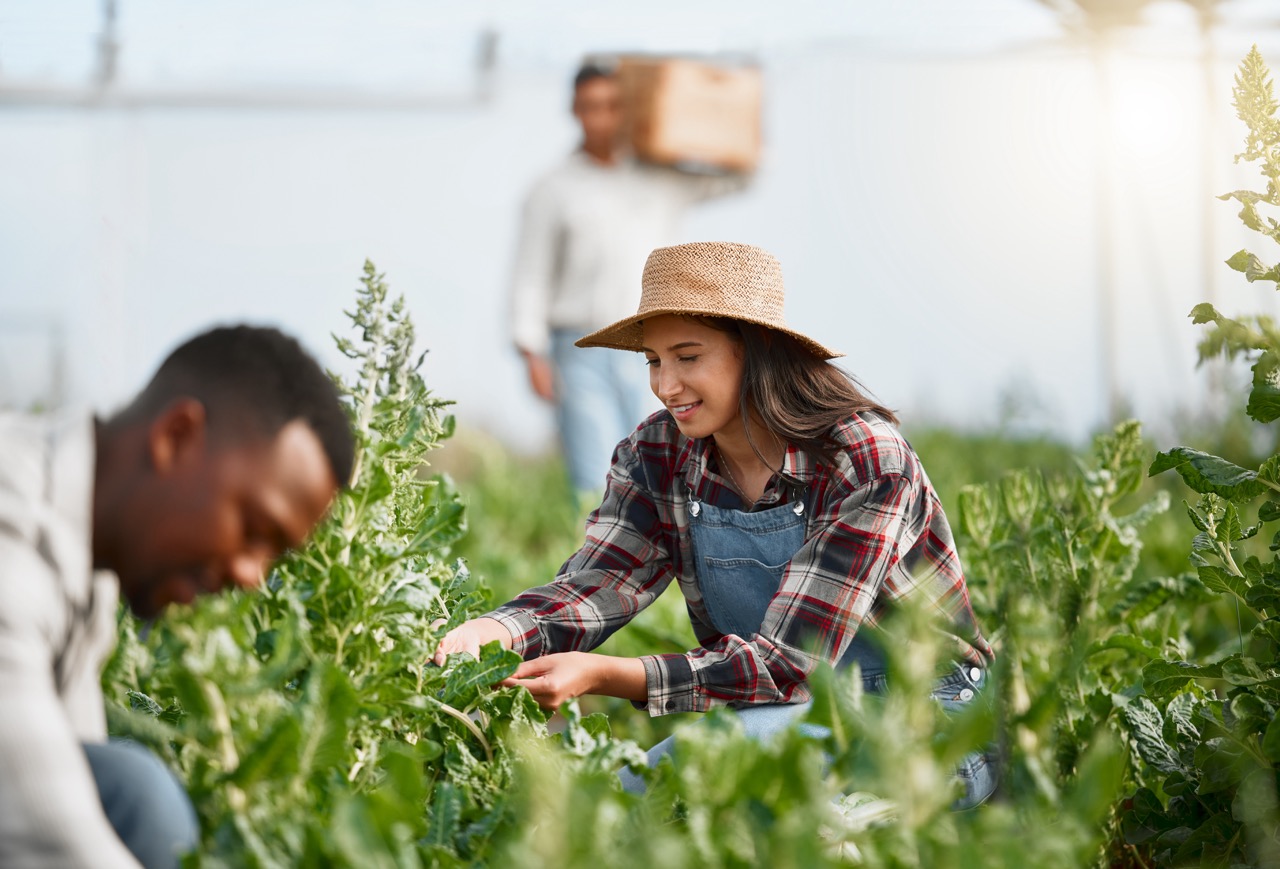Sharecropping, a system where landowners provide land and resources to tenant farmers in exchange for a share of the crop produced, has a long and complex history. While often viewed through the lens of socio-economic disadvantage and exploitation, sharecropping can also serve as an adaptive agricultural practice, particularly in the face of increasing climate instability. As droughts and floods become more frequent and severe due to climate change, understanding the potential benefits of sharecropping becomes essential. This article explores how sharecropping can enhance agricultural resilience and offers policy recommendations to support this practice in an era of extreme weather events.
Understanding Sharecropping: A Historical Perspective
Sharecropping emerged in the United States during the Reconstruction era, primarily in the Southern states. This agricultural system was initially developed as a solution for landowners and former enslaved individuals who sought to create a livelihood in the aftermath of the Civil War. Sharecropping allowed landowners to retain control over their land while providing laborers with the means to cultivate crops. However, this system often trapped sharecroppers in cycles of debt and poverty due to unfair contracts and exploitative practices.
Beyond the American context, sharecropping has been observed in various forms globally, particularly in developing nations where land tenure issues remain unresolved. In these situations, sharecropping has provided smallholder farmers access to land, enabling them to grow food and support their families. The historical implications of sharecropping reveal its dual nature; it has been both a source of subsistence and a mechanism for socio-economic oppression. Understanding this multifaceted history is crucial to assessing its potential role in modern agricultural practices, especially in a changing climate.
Today, the historical context of sharecropping can inform contemporary discussions on agricultural resilience. As communities adapt to the pressing challenges of climate change, revisiting the principles behind sharecropping can inspire innovative approaches that promote sustainable farming practices. By leveraging historical insights, modern adaptations of sharecropping can emerge, emphasizing fairness, equity, and environmental stewardship.
The Impact of Climate Change on Agriculture Practices
Climate change presents a formidable challenge to global agriculture, manifesting through increasingly erratic weather patterns, prolonged droughts, and severe flooding. These extreme weather events threaten food security, particularly for smallholder farmers who rely on consistent weather conditions for crop production. The unpredictability of climate impacts poses significant risks to the livelihoods of these farmers, making it imperative to explore adaptive strategies that can enhance resilience in agricultural systems.
In regions where farming is heavily dependent on seasonal rains, prolonged droughts can lead to crop failure, economic hardship, and food scarcity. Conversely, intense rainfall and flooding can damage crops and erode soil, further jeopardizing agricultural viability. As sharecroppers often work in marginal areas, they are particularly vulnerable to these climate-induced challenges. Addressing the intersection of climate change and agricultural practices is crucial for developing solutions that can support farmers facing these realities.
Furthermore, the effects of climate change are not uniform; they vary by region and crop type. Therefore, understanding local conditions and tailoring responses to specific vulnerabilities is vital for successful adaptation. Sharecropping, with its reliance on local knowledge and communal relationships, can provide a framework for collaborative approaches to managing agricultural risks resulting from climate change.
How Sharecropping Enhances Resilience to Extreme Weather
Sharecropping can enhance resilience to extreme weather events by promoting diverse cropping systems and shared resources. Unlike monoculture farming, which is highly susceptible to pests and diseases, diversified cropping—common among sharecroppers—can reduce risk by providing a buffer against crop failure. When farmers cultivate a variety of crops, they are less likely to experience total losses, as different plants may respond variably to climate stresses like drought or flooding.
Moreover, the communal aspect of sharecropping fosters collaboration among farmers. When sharecroppers band together, they can share knowledge, resources, and labor, allowing them to respond more effectively to climate challenges. This cooperative spirit can lead to the adoption of innovative practices, such as rainwater harvesting or soil conservation techniques, which enhance the adaptive capacity of farming systems in the face of climate variability.
Additionally, sharecropping can facilitate access to credit and markets for smallholder farmers, enabling them to invest in better resources and technologies. By pooling their harvests, sharecroppers can negotiate better prices and secure more favorable terms for agricultural inputs, thus enhancing their economic resilience. The systemic advantages offered by sharecropping can empower farmers to withstand the shocks of extreme weather and maintain their livelihoods.
Policy Recommendations for Supporting Sharecroppers Today
To harness the potential of sharecropping in mitigating the effects of droughts and floods, policymakers need to implement supportive frameworks that address the unique challenges faced by sharecroppers. First and foremost, ensuring fair contracts and transparent agreements is essential to protect the rights of both landowners and tenants. Legal reforms that establish clear guidelines and provide dispute resolution mechanisms can help foster equitable relationships and promote a more sustainable sharecropping model.
Furthermore, governments and NGOs should invest in training programs that equip sharecroppers with climate-smart agricultural practices. Education on crop diversification, soil management techniques, and water conservation methods can enhance the resilience of sharecropping systems. Providing access to modern agricultural technologies and tools can empower sharecroppers to adapt to changing climate conditions, ultimately leading to improved productivity and sustainability.
Lastly, supportive financial mechanisms, such as microfinance or insurance tailored for smallholder farmers, can mitigate the economic risks associated with extreme weather events. By offering financial literacy programs and access to credit, policymakers can enable sharecroppers to build reserves and invest in adaptive measures. Collaborative initiatives that connect sharecroppers with markets can also improve their economic standing and reduce vulnerability to climate impacts, ensuring a more resilient agricultural future.
As we face the escalating consequences of climate change, the potential of sharecropping to enhance agricultural resilience cannot be overlooked. By understanding its historical roots, addressing the impacts of climate change, and implementing supportive policies, sharecropping can emerge as a transformative practice that helps communities adapt to extreme weather events. Emphasizing cooperation, sustainability, and equitable resource management is essential for fostering a resilient agricultural landscape that can withstand the challenges of tomorrow. In doing so, we not only protect the livelihoods of sharecroppers but also contribute to global food security in an era of uncertainty.
